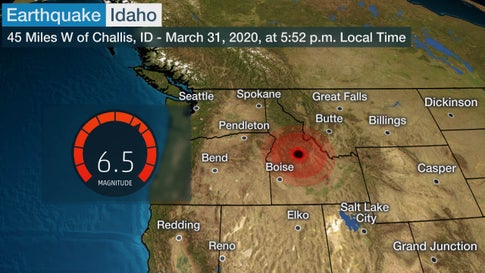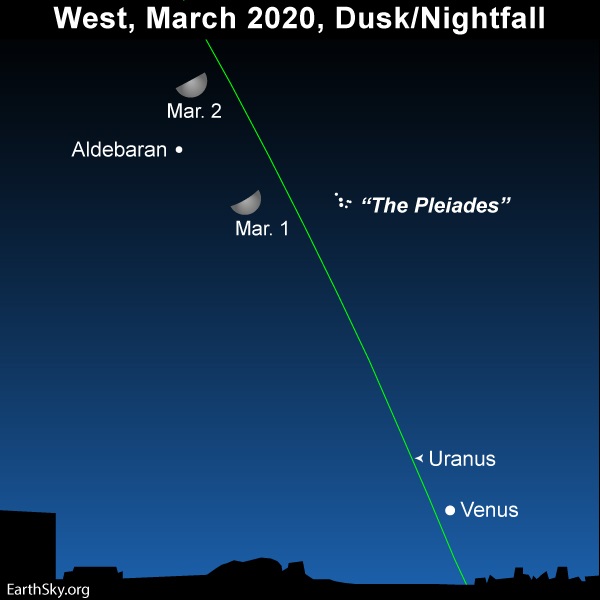Turns out, we don't usually quantify large numbers correctly. What I mean to say is that we underestimate how many (fill in the blank) make up a million, a billion, or a trillion of something.
Here are a few helpful analogies to use when teaching the value of really really large numbers. As we see these numbers more in the coming days to describe the number of coronavirus cases, or the population in the United States as compared to the global population, and even legislation that is meant to bring financial relief to our country, it would be a good idea to better understand what those numbers really mean.
- 1 second is 1 second
- 1 million seconds is 12 days (a vacation)
- 1 billion seconds is 30 years (a career)
- 1 trillion seconds is 30,000 years
- (longer than human civilization)
"Suppose you landed a job paying $1 per second, or $3,600 per hour. (I assume your actual pay,
like mine, is a tiny fraction of this. Indulge the fantasy!) For simplicity, assume you're paid 24/7.
At this rate, it would take one million seconds to acquire $1 million. How long is that in familiar
terms? In round numbers, a million seconds is 17,000 minutes. That's 280 hours, or 11.6 days.
At $1 per second, chances are you can retire comfortably at the end of a month or few.
At the same job, it takes 11,600 days, or about 31.7 years, to accumulate $1 billion:
Doable, but you'd better start young.
To acquire $1 trillion takes 31,700 years. This crummy job doesn't pay enough!
This analogy gives a taste for the absolute size of a billion, and perhaps of a trillion.
It also shows the utter impossibility of an ordinary worker earning $1 billion.
No job pays a round-the-clock hourly wage of $3,600."
- 1 millimiter is 1 mm (pretty tiny)
- 1 million mm is a kilometer (down the street)
- 1 billion mm is a 1000 km (600 miles — partway across the country)
- 1 trillion mm is 1,000,000 km (Going around the world 25 times, almost as wide as the Sun)












